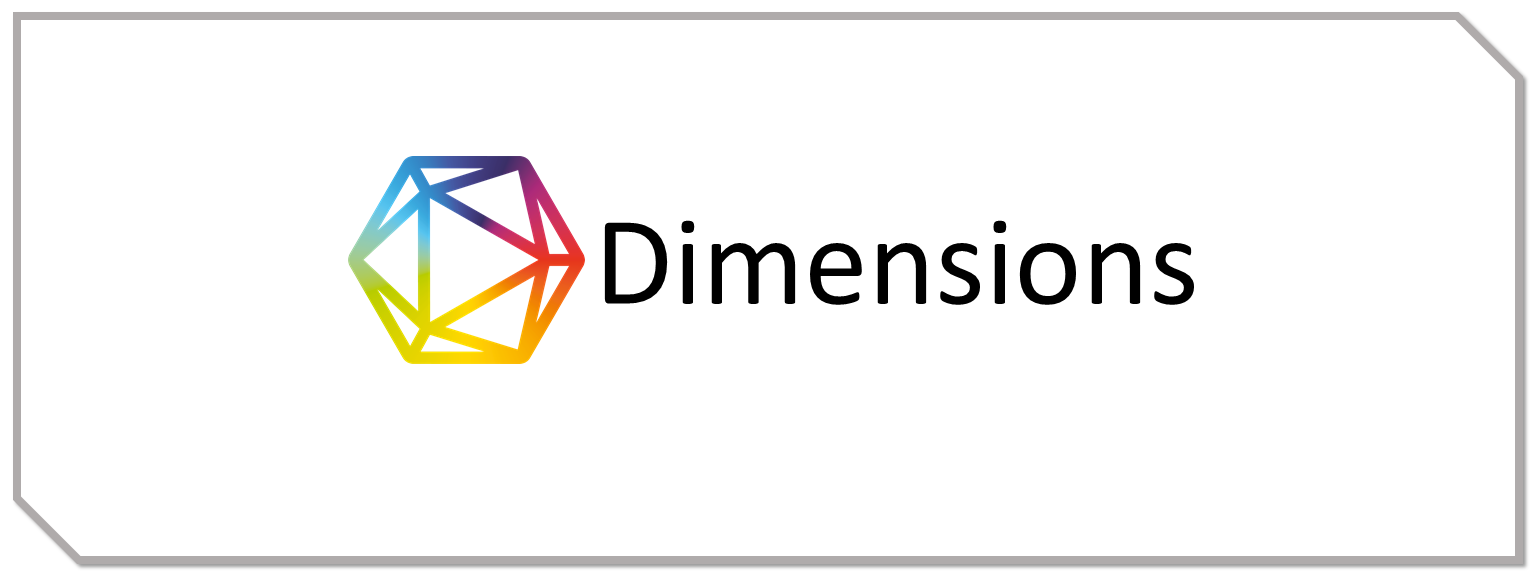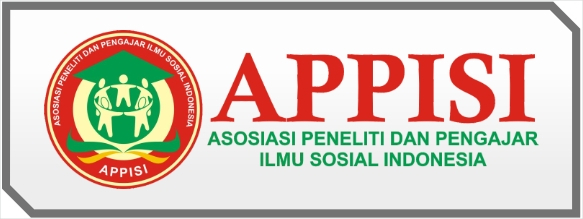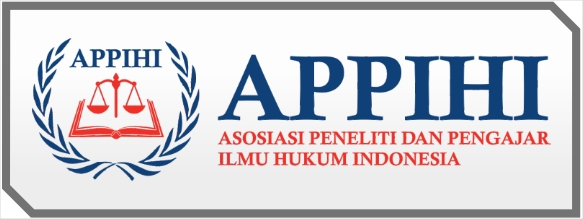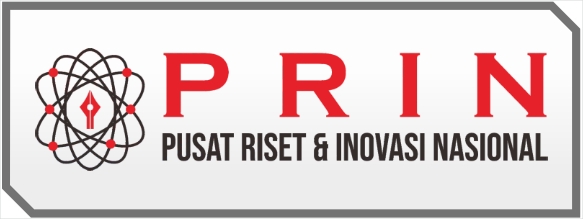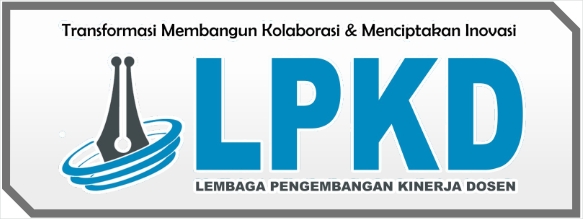Structural Analysis of The Values Contained in Sang Pemimpi Novel by Andrea Hirata
DOI:
https://doi.org/10.55606/cendikia.v2i1.463Keywords:
Values ; Sang Pemimpi ; literature work ; Structural Analysis.Abstract
Literature has a great interest in various circles. Likewise with novels that have various useful values. Sang Pemimpi novel by Andrea Hirata is the second book in the Laskar Pelangi novel tetralogy. Novels are in great demand in various circles, this is evidenced by the novel Sang Pemimpi which was able to win a Mega Best Seller. In the novel, Sang Pemimpi tells the story of three young men, namely Ikal, Arai, and Jimbrong. This novel also tells about friendship and the many values it contains. The study in this paper aims to be able to analyze, identify and describe systematically the values contained in the novel Sang Pemimpi. Therefore, this research will review from various value perspectives. The research method uses a descriptive-qualitative method or also known as the exposure method, which is a method to produce information about the message or values contained in the novel which will be carried out with analytical techniques. The data collection technique used is the reading and note-taking technique. The results of the study will explain or provide an overview of the values of life contained in the novel Sang Pemimpi by Andrea Hirata.
References
Al-Azzam, B. H. S. (2018). Culture as a Problem in the Translation of Jordanian Proverbs into English. International Journal of Applied Linguistics and English Literature, 7(1), 56-63.
Ali, R., Suwarno, S., Wathoni, K., Masruchan, M., & Mashur, M. (2021). Strengthening Practices Education In The Framework of Islam and Gayo Community Culture. Journal of Social Science, 2(6), 827-834.
Cave, T. (2016). Thinking with Literature: Towards a cognitive criticism. Oxford University Press.
Jadhav, A., & Hall, J. (2014). The historical development of the sociological approach to the study of literature. International Journal of Innovative Research & Development, 3(5), 658-662.
Kluckhohn, C. (2013). 2. Values and value-orientations in the theory of action: An exploration in definition and classification. In Toward a general theory of action (pp. 388-433). Harvard University Press.
Rahman, M. S. (2020). The advantages and disadvantages of using qualitative and quantitative approaches and methods in language “testing and assessment” research: A literature review.
Staub, E. (2013). Positive social behavior and morality: Social and personal influences. Elsevier.
Sutton, J., & Austin, Z. (2015). Qualitative research: Data collection, analysis, and management. The Canadian journal of hospital pharmacy, 68(3), 226.
Vaismoradi, M., Turunen, H., & Bondas, T. (2013). Content analysis and thematic analysis: Implications for conducting a qualitative descriptive study. Nursing & health sciences, 15(3), 398-405.







